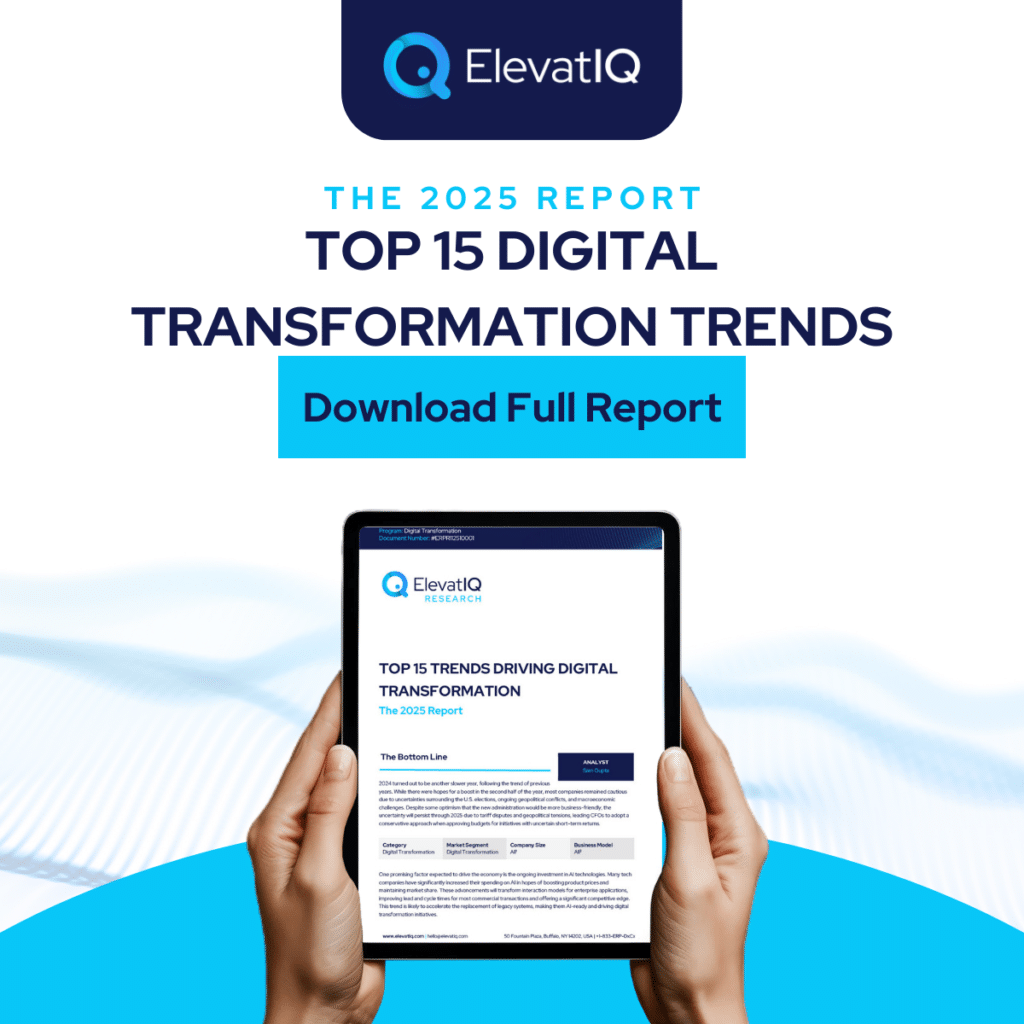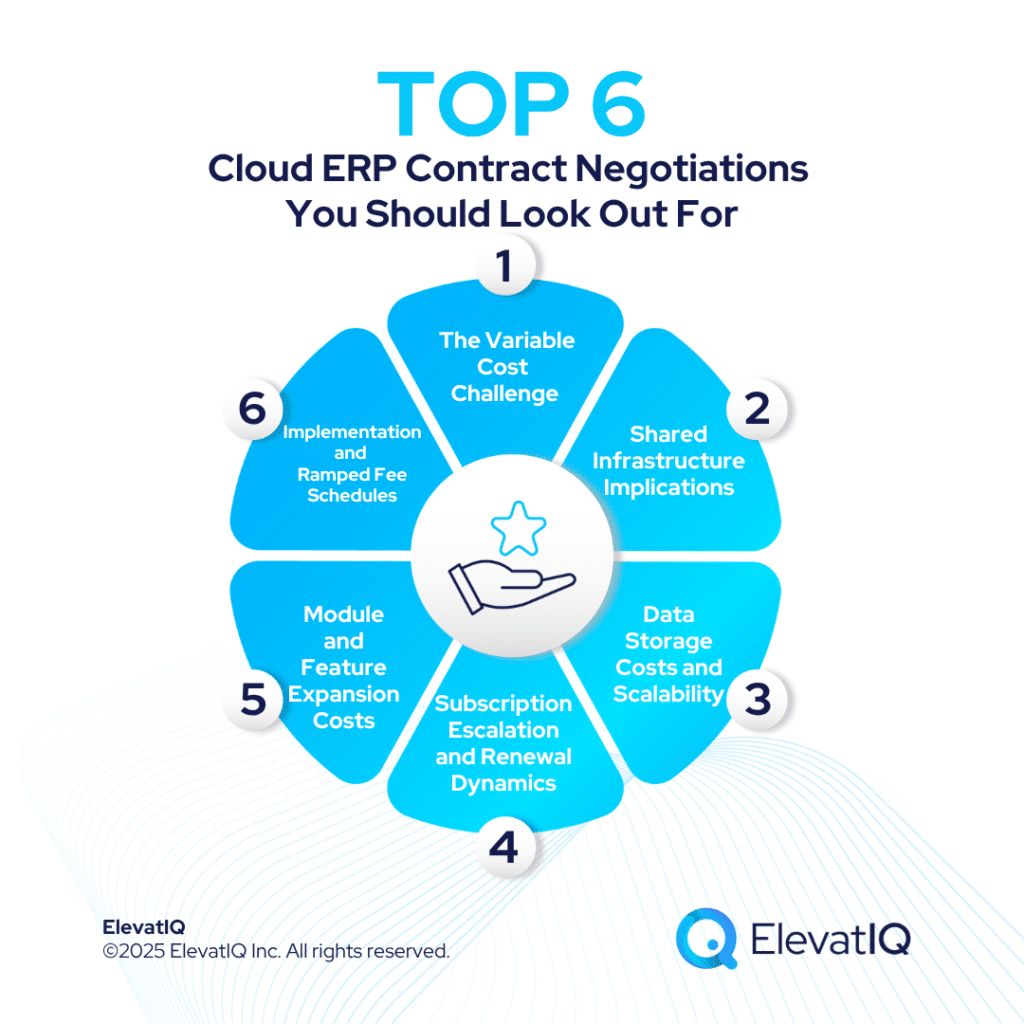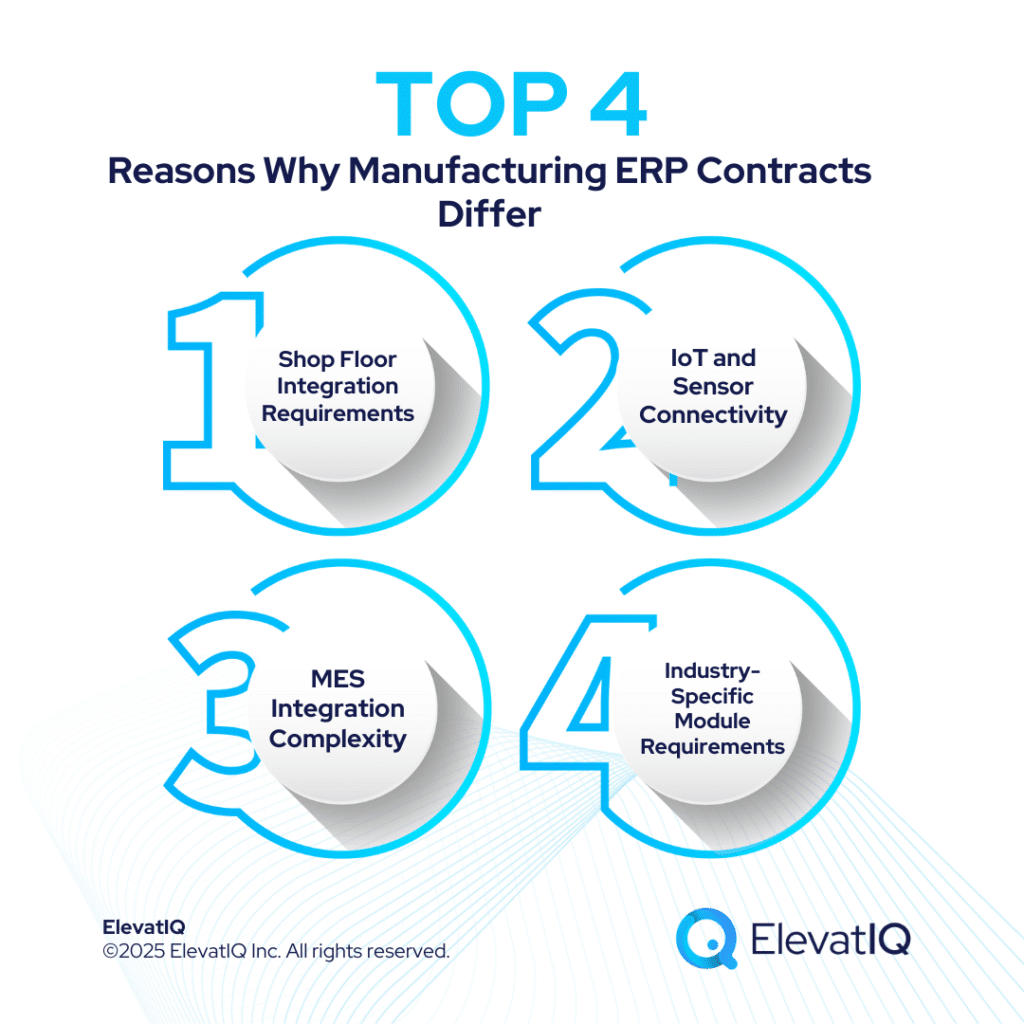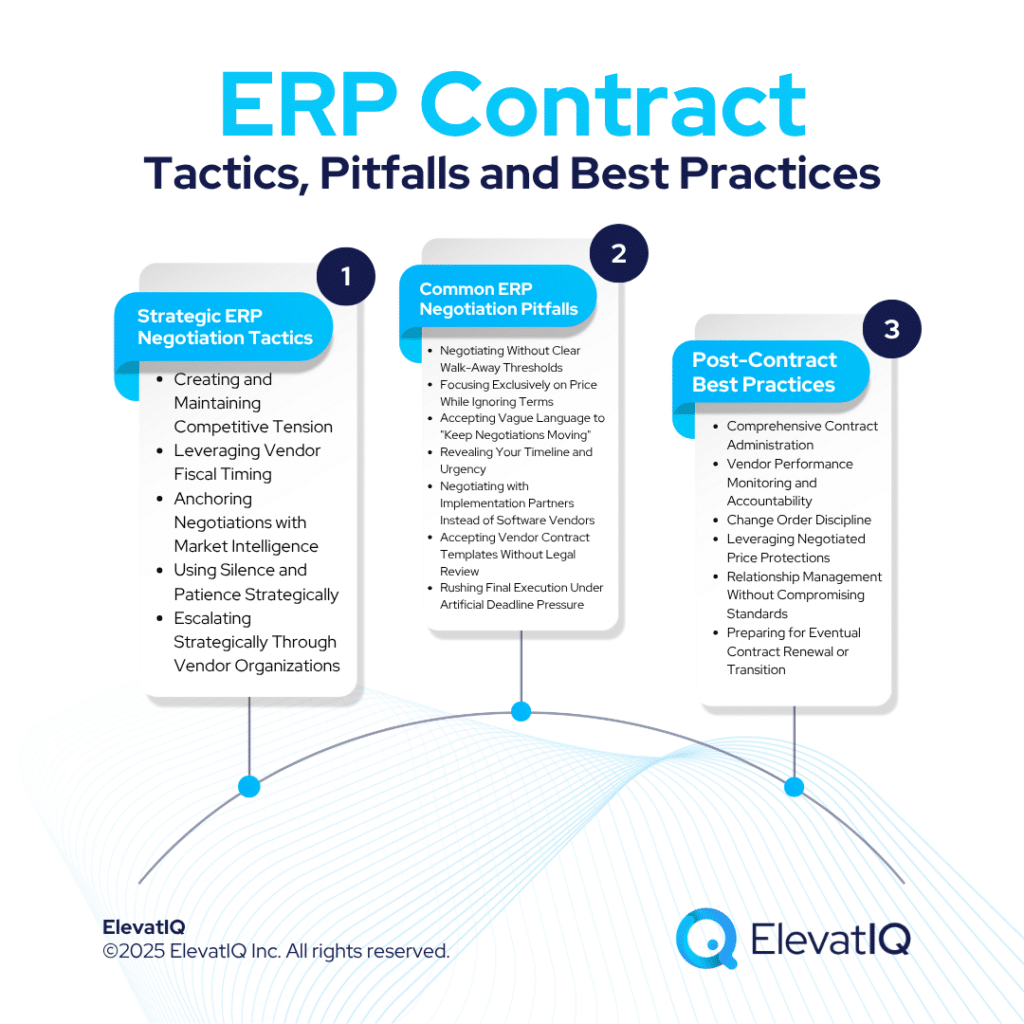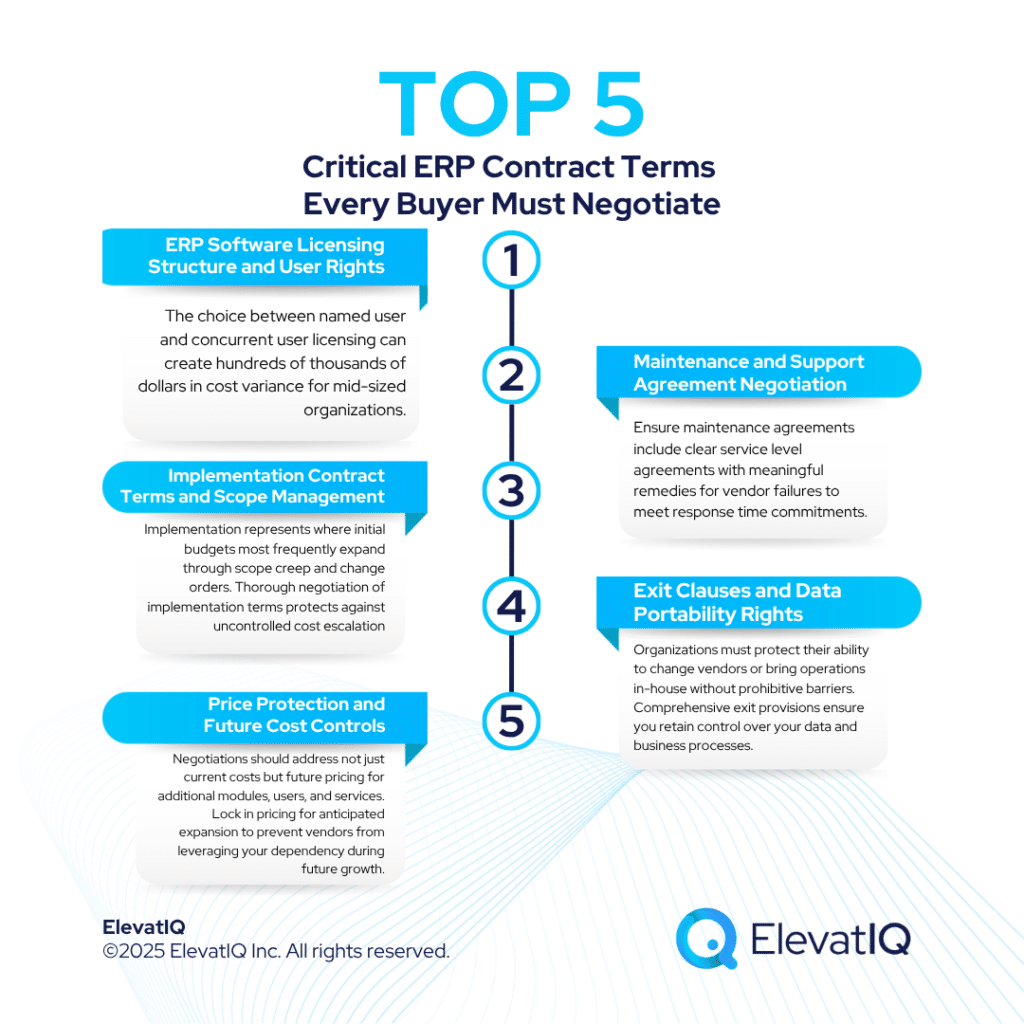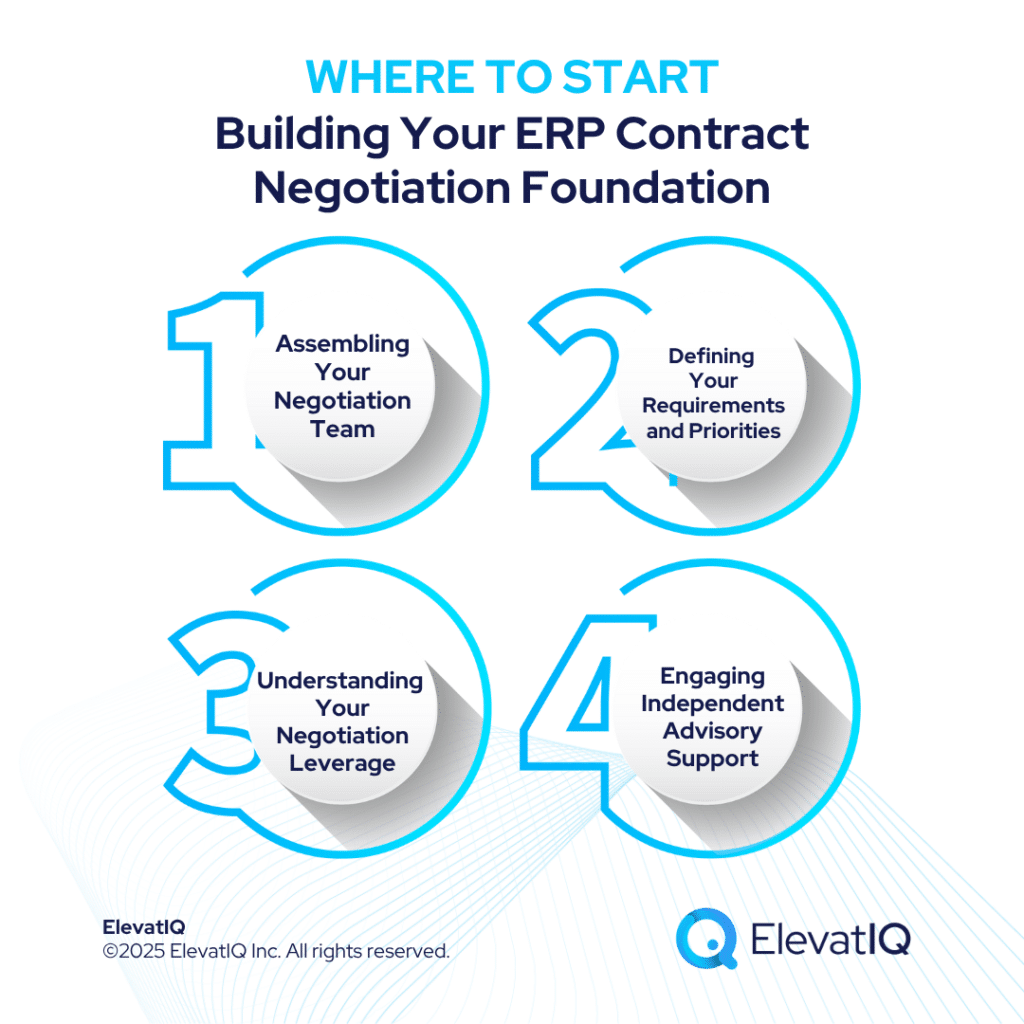Last Updated on November 1, 2025 by Shrestha Dash
The shift from on-premises to cloud ERP has fundamentally transformed how organizations approach contract negotiations. While many buyers apply traditional perpetual licensing strategies to cloud deals, they quickly discover that subscription-based ERP contracts introduce entirely new complexity, cost structures, and negotiation dynamics that demand different expertise and tactics.
Cloud ERP agreements present unique challenges around consumption-based pricing, data storage costs, multi-tenant SaaS terms, and subscription escalation clauses that can dramatically inflate total cost of ownership if not negotiated strategically. Organizations migrating from on-premises systems often underestimate how differently cloud contracts function, leading to budget overruns, operational constraints, and missed opportunities to secure favorable long-term terms.
Understanding what makes cloud ERP contract negotiations fundamentally different—and how to approach them strategically—separates buyers who protect their interests from those who discover unfavorable terms only after operational dependencies eliminate negotiating leverage.
The Fundamental Shift: Subscription vs. Perpetual Licensing
The most obvious difference between cloud and on-premises ERP contracts lies in the licensing model itself. This shift creates cascading implications for contract structure, cost predictability, and negotiation strategies.
Perpetual Licensing: The Traditional Model
On-premises ERP historically operated on perpetual licensing, where organizations paid substantial upfront fees for indefinite software usage rights. Following the initial license purchase, companies paid annual maintenance fees (typically 18-22% of license value) for updates, patches, and technical support.
This model created clear ownership. Once you purchased licenses, you controlled the software deployment, customization freedom, and upgrade timing. If vendors raised maintenance fees excessively, you could theoretically stop paying and continue using your licensed version indefinitely, though without support or updates.
Subscription Licensing: The Cloud Reality
Cloud ERP operates entirely differently. Organizations pay recurring subscription fees—typically annually—for continued system access rather than purchasing perpetual rights. Stop paying subscriptions, and access terminates immediately. You own nothing beyond your data.
This fundamental shift transfers power to vendors in several ways:
- Continuous Payment Obligation: Unlike perpetual licenses you could use indefinitely, cloud subscriptions require ongoing payments. This creates vendor leverage at every renewal cycle when they can adjust pricing, terms, and included services.
- Limited Exit Options: Terminating cloud ERP subscriptions means losing system access entirely, while on-premises systems continued functioning even without vendor support. This dependency strengthens vendor negotiating positions significantly.
- Vendor-Controlled Upgrades: Cloud ERP providers push updates on their schedules, eliminating your ability to skip problematic versions or delay upgrades for operational reasons. Contracts must address how mandatory updates affect your operations and what recourse exists for disruptive changes.
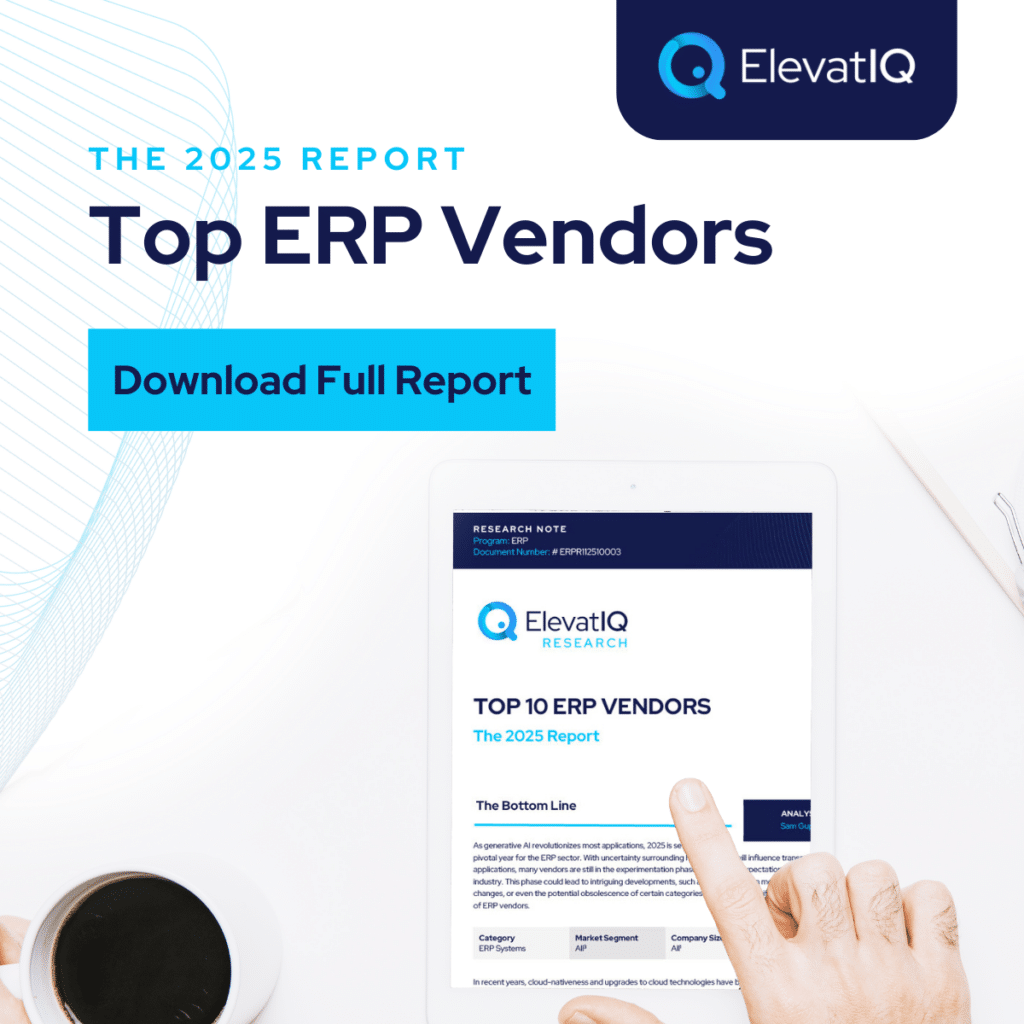
Consumption-Based Pricing: The Variable Cost Challenge
Beyond subscription versus perpetual licensing, cloud ERP introduces consumption-based pricing elements that create cost unpredictability absent from traditional models.
Understanding Consumption Models
Modern cloud ERP increasingly employs consumption-based pricing where costs tie directly to usage volumes—data processed, storage consumed, transactions executed, or API calls made. Unlike fixed subscription fees, consumption pricing fluctuates with your actual system usage.
Common consumption elements in cloud ERP contracts include:
- Data Storage: Most cloud ERP subscriptions include baseline storage allocations, with additional capacity charged incrementally. Organizations can face unexpected costs when data volume exceeds included storage—for example, a manufacturer discovering their invoice attachment storage exceeded limits by 2TB mid-term, requiring additional capacity purchases.
- Transaction Volumes: Some vendors charge based on transaction counts—orders processed, invoices generated, or financial transactions recorded. High-volume periods can trigger overage charges unless contracts include sufficient capacity or consumption caps.
- Integration and API Calls: Connecting cloud ERP to other systems generates API calls that some vendors meter and charge beyond included allocations. Complex integration architectures can drive substantial unexpected costs.
- User Tier Jumps: Cloud ERP often includes usage tiers where crossing thresholds triggers significant price increases. A company with 95 users paying for a 100-user tier might face dramatic per-user cost increases when adding the 101st user if it forces them into a new pricing bracket.
Negotiating Consumption Protections
Smart cloud ERP contract negotiations establish protections against consumption-based cost escalation:
- Consumption Caps: Negotiate maximum monthly or annual consumption charges regardless of actual usage. These caps protect against unexpect unexpected cost spikes during high-volume periods or data growth phases.
- Included Baselines: Ensure contracts clearly define included consumption allocations—storage terabytes, monthly transactions, API calls—with specific thresholds before overage charges apply.
- Predictable Overage Pricing: When consumption exceeds included amounts, negotiate pre-agreed per-unit overage rates rather than accepting vendor discretion to set prices later when you lack leverage.
- Growth Provisions: For organizations anticipating expansion, negotiate tiered consumption pricing that provides volume discounts as usage increases rather than linear cost growth.

Multi-Tenant SaaS Architecture: Shared Infrastructure Implications
Cloud ERP typically deploys on multi-tenant architectures where multiple customers share underlying infrastructure, creating contract considerations absent from dedicated on-premises deployments.
Security and Isolation Requirements
Multi-tenant environments raise data security concerns as your information resides alongside other organizations’ data in shared infrastructure. Ensuring the cloud ERP system meets your organization’s security standards is non-negotiable, with costs associated with enhanced security measures and data encryption factored into overall expenses.
Contract negotiations must address:
- Data Isolation Guarantees: Explicit contractual commitments that your data remains logically separated from other tenants with technical controls preventing cross-tenant access.
- Security Certifications: Requirements that vendors maintain relevant security certifications (SOC 2, ISO 27001) with audit rights to verify compliance.
- Breach Notification: Specific timeframes for vendor notification if security incidents occur, including details about what information must be disclosed and remediation obligations.
- Regulatory Compliance: Industry-specific compliance requirements (HIPAA for healthcare, SOX for public companies) with warranties that the multi-tenant architecture maintains compliance.
Performance and Availability
Shared infrastructure means your ERP performance depends partly on other tenants’ activities. Poorly designed multi-tenant systems can suffer “noisy neighbor” problems where one customer’s heavy usage degrades others’ performance.
Negotiate specific service level agreements covering:
- Uptime Commitments: Minimum availability percentages (typically 99.5-99.9%) with service credits when vendors fail to meet commitments.
- Response Time Guarantees: Maximum transaction processing times and system responsiveness with measurement methodologies clearly defined.
- Capacity Management: Vendor obligations to maintain sufficient infrastructure capacity to meet committed performance levels regardless of other tenants’ usage patterns.
Data Storage Costs and Scalability
While perpetual on-premises licenses didn’t directly charge for data growth, cloud ERP subscriptions typically include data storage pricing that escalates as your information volumes increase.
Storage Pricing Models
Cloud ERP vendors structure storage pricing in various ways, from included allocations with per-GB charges for overages to fully consumption-based models charging for all storage.
Common structures include:
- Tiered Storage: Base subscriptions include specified storage (e.g., 1TB), with additional capacity sold in blocks. Understanding block pricing prevents surprises when modest data growth forces you into larger, more expensive capacity tiers.
- Per-GB Pricing: Some vendors charge incrementally for all data storage, with rates varying based on total volumes. While this provides cost granularity, it creates budget unpredictability as data accumulates.
- Environment Multiplication: Organizations typically need multiple environments—production, testing, development, training—and vendors may charge separately for each environment’s storage and capacity, multiplying costs beyond production requirements alone.
Negotiating Storage Terms
Protect against storage cost escalation through:
- Generous Included Storage: Negotiate substantially more included storage than your current needs, accounting for several years of data growth without triggering overages.
- Storage Price Caps: Lock in maximum per-GB storage rates for the contract duration, preventing vendors from arbitrarily increasing prices as your dependency grows.
- Data Archiving Rights: Ensure contracts allow you to archive historical data to lower-cost storage tiers or export data to your own storage without vendor restrictions.
- Environment Pricing: Negotiate inclusion of non-production environments at no additional cost or heavily discounted rates, recognizing their necessity for proper system management.

Subscription Escalation and Renewal Dynamics
Cloud ERP’s subscription model creates ongoing cost escalation risks absent from one-time perpetual purchases, making renewal protections critical.
Annual Increase Clauses
Most cloud ERP contracts include provisions allowing vendors to increase subscription prices at renewal. Without negotiated protections, vendors typically increase prices by 3-5% annually, compounding over contract lifecycles to substantially inflate costs.
A $500,000 annual subscription increasing 4% yearly grows to $740,000 by year ten—a 48% increase that dramatically impacts long-term total cost of ownership. Multiply this across large enterprise ERP investments and escalation clauses can create millions in unnecessary additional spending.
Renewal Leverage Asymmetry
Contract renewals represent particularly vulnerable moments in cloud ERP relationships. Once your organization operates on a vendor’s cloud platform, switching carries enormous cost, disruption, and risk. Vendors recognize customers lack practical alternatives at renewal, compromising negotiation leverage significantly compared to initial contract discussions.
This dynamic means the initial contract negotiation represents your strongest leverage point. Terms secured upfront—particularly multi-year price protections—deliver value throughout the relationship when renegotiating from positions of operational dependency becomes far more difficult.
Renewal Protection Strategies
Protect long-term pricing through:
- Multi-Year Price Locks: Negotiate subscription pricing that remains fixed for 3-5 years rather than accepting annual adjustment rights. This provides cost predictability and removes vendor leverage during initial contract terms.
- Capped Escalation: When complete price locks prove unrealistic, negotiate maximum annual increase percentages (ideally 2-3%, tied to CPI) rather than accepting vendor discretion.
- Renewal Pricing Commitments: Secure written commitments that renewal pricing will not exceed specified discount percentages off then-current list prices, preventing vendors from offering new customers better terms than they extend to existing, loyal clients.
- Most-Favored-Customer Clauses: Negotiate provisions ensuring you receive pricing no less favorable than vendors offer similarly-situated customers, protecting against discriminatory renewal pricing.
Module and Feature Expansion Costs
Cloud ERP vendors increasingly adopt modular architectures where core functionality comes standard but advanced capabilities require additional module purchases or feature subscriptions.
Understanding Modular Pricing
Organizations typically purchase specific functional modules—financials, procurement, project management—with each carrying separate subscription costs. While modularity allows starting with essential functions, it creates expansion cost risks as business needs evolve.
Common expansion cost scenarios include:
- AI and Advanced Analytics: Many vendors now sell AI capabilities, advanced analytics, and sustainability features à la carte rather than including them in base subscriptions, creating substantial additional costs for functionality many organizations consider essential.
- Industry-Specific Modules: Specialized vertical functionality (manufacturing execution, retail point-of-sale integration, healthcare compliance) typically carries premium pricing beyond core ERP subscriptions.
- Geographic Expansion: Some vendors charge additional fees when deploying across new countries or regions, despite cloud infrastructure making geographic expansion technically simple.
- Integration Platforms: Connecting cloud ERP to other systems may require separate integration platform subscriptions rather than including unlimited integration in base pricing.
Locking In Expansion Pricing
Avoid future module price gouging by:
- Pre-Negotiated Module Pricing: Even for modules you don’t need initially, negotiate specific pricing you can activate later at pre-agreed rates rather than accepting vendor discretion when you’ve lost leverage.
- Bundled Discounts: Consider purchasing broader module sets upfront at bundled discount rates even if you won’t activate everything immediately, provided total cost remains reasonable.
- Most-Favored-Pricing for Additions: Negotiate clauses ensuring future module additions receive the same discount percentages as your initial purchase, preventing vendors from charging premium rates for expansion.
- AI Feature Protections: Given rapid AI feature proliferation, negotiate specific terms addressing AI capability pricing rather than allowing vendors unlimited discretion to charge separately for AI-powered functionality.
Implementation and Ramped Fee Schedules
Cloud ERP implementations typically span multiple phases as organizations migrate from legacy systems, creating opportunities to structure payments matching your deployment timeline rather than paying for full capacity immediately.
Ramped Fee Structures
Progressive deployment schedules allow ramped subscription fees where first-year costs remain minimal during initial implementation, increasing annually as you deploy modules and user populations. This approach can save over $1 million compared to standard schedules requiring full subscription payments from day one.
For example, an organization planning 500 eventual users might structure subscriptions as:
- Year 1: 100 users during pilot phase
- Year 2: 250 users as initial rollout completes
- Year 3: 500 users at full deployment
Rather than paying for 500 users from day one when only 100 will use the system initially, ramped schedules align costs with value received.
Negotiating Implementation Pricing
Beyond ramped subscription fees, cloud ERP implementation services warrant careful negotiation:
- Fixed-Price vs. Consumption: Some vendors now offer cloud implementation services on consumption models rather than fixed prices. While this provides flexibility, ensure contracts include not-to-exceed caps preventing runaway costs.
- Included Implementation Hours: Negotiate inclusion of specified implementation hours within subscription pricing rather than paying separately for all professional services.
- Training and Change Management: Clarify what training and change management support subscriptions include versus services requiring additional payment.
Strategic Cloud ERP Contract Negotiation
Successfully negotiating cloud ERP contracts in 2025 requires recognizing how fundamentally subscription models differ from traditional perpetual licensing while addressing the unique considerations around consumption pricing, data storage, multi-tenant architectures, and renewal dynamics.Organizations that approach cloud ERP negotiations strategically—understanding these differences, establishing appropriate protections, and leveraging initial contract discussions when they hold maximum leverage—position themselves for cost-effective, operationally sound cloud ERP relationships.
Conversely, buyers who apply on-premises contract strategies to cloud deals or rush through negotiations without addressing consumption protections, renewal terms, and expansion pricing discover too late that cloud ERP contracts require different expertise and more comprehensive negotiation than traditional models. For organizations navigating cloud ERP procurement, independent advisory expertise provides essential guidance through the complex dynamics of subscription contracts, consumption pricing, and vendor-specific terms that can dramatically impact long-term success. The specialized knowledge advisors bring to cloud ERP negotiations typically delivers value far exceeding advisory costs through improved terms, avoided pitfalls, and strategic protections that serve organizations throughout their cloud ERP lifecycle.
